Rainbow shark - Epalzeorhynchos frenatum
Scientific name: Epalzeorhynchos frenatum
Common name: Rainbow shark
Family: Cyprinidae
Usual size in fish tanks: 12 - 15 cm (4.72 - 5.91 inch)
014
Recommended pH range: 6 - 7.5
Recommended water hardness: 5 - 12°N (89.29 - 214.29ppm)
0°C 32°F30°C 86°F
Recommended temperature range: 24 - 27 °C (75.2 - 80.6°F)
The way how these fish reproduce: Spawning
Where the species comes from: Southeast Asia
Temperament to its own species: aggressive/territorial
Temperament toward other fish species: aggressive to smaller
Usual place in the tank: Bottom levels
General Information
Rainbow shark (Epalzeorhynchos frenatum; syn. Labeo frenatus) is a semi-aggressive labeonine cyprinid native to Southeast Asia—notably the Mekong, Chao Phraya, Mae Klong (Maeklong) and Xe Bangfai basins. In nature it forages near the bottom over sandy stretches and hard surfaces, moving onto seasonally flooded plains during high water. Typical aquarium size is 12–15 cm (up to ~15 cm TL). Often sold as the “red-finned/rainbow shark”; do not confuse with the red-tailed black shark (E. bicolor).
Food & Feeding
Omnivore with a strong aufwuchs/algae-grazing component. Provide sinking algae wafers and veg-rich pellets as the staple; rotate frozen/live items (daphnia, brine shrimp, mysis, finely chopped prawn) a few times weekly. Offer blanched vegetables (spinach, peas, zucchini) to meet fiber needs. Feed small portions 1–2× daily to keep organics down.
Sexing
Sexual dimorphism is subtle. Mature females are deeper-bodied/plumper; males tend to be slimmer and can show darker edging in the caudal/anal fins. Reliable sexing usually requires comparison in a group.
Breeding
Egg-scatterer in the wild. Home aquarium spawnings are not reliably documented; commercial production is typically via large outdoor ponds or hormonal induction. Treat this species as display-only for hobbyists.
Lifespan
Commonly 6–10 years with space, strong filtration and low nitrate; 8 years is achievable in well-kept systems.
Tank Requirements & Water Parameters
- Footprint & cover: long tank, min. 120 cm/4′ (bigger for adults). Use fine sand to protect barbels, plus rounded stones/wood, sturdy plants and multiple caves to break line-of-sight.
- Flow & oxygen: moderate–strong current, high O2; emulate clear running rivers.
- Water: pH ~6.0–7.5, hardness ~5–12 °dH, temperature 24–27 °C (tolerates ~23–29 °C). Keep nitrate low and parameters stable.
- Maintenance: robust filtration, tight lid (strong jumper), regular large water changes.
Compatibility & Temperament
Territorial, especially to look-alikes and bottom dwellers. Best kept singly in most aquaria; groups require very large, structured tanks and still carry risk of serious aggression. Choose robust, fast mid-water companions; avoid small, slow or long-finned species.
Behaviour & Usual Place in the Tank
Primarily a bottom to lower-mid water forager that patrols surfaces and defends a territory, especially as it matures. Provide open lanes for cruising and shaded retreats to reduce skirmishes.
Short Description
Rainbow sharks are striking, red-finned river cyprinids from mainland Southeast Asia. They need a long, well-filtered tank with sand, current and many hides. Feed veg-rich sinking foods with protein treats. Keep one per tank unless you can house a carefully managed group in a very large, structured setup.
Q&A
- Where is it from? Mekong, Chao Phraya, Mae Klong (Maeklong) & Xe Bangfai basins in mainland Southeast Asia.
- Peaceful with its own kind? No—strongly territorial; keep singly in typical community tanks.
- Algae eater only? No. It grazes algae/periphyton but thrives on a mixed omnivorous diet with plant matter and small invertebrates.
Pictures
Bought by aqua-fish.net from jjphoto.dk.
These pictures were priovided by Mihail of Romania.
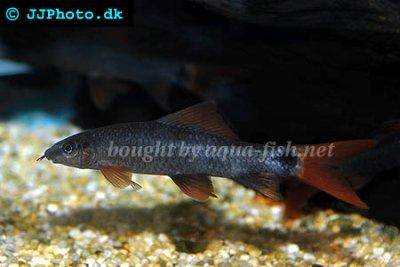










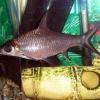 Bala
Bala 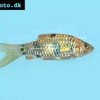 Spotted
Spotted 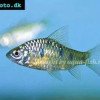 Golden
Golden 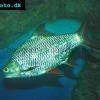 Tinfoil
Tinfoil 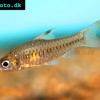 Congo
Congo 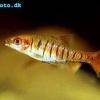 Blue-barred
Blue-barred 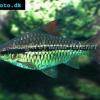 African
African 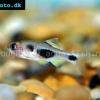 Butterfly
Butterfly 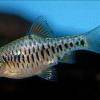 Olivegreen
Olivegreen 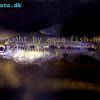 Morse
Morse 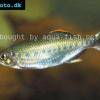 Jerdon’s
Jerdon’s 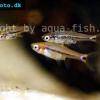 Mosquito
Mosquito 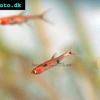 Dwarf
Dwarf 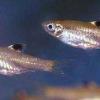 Eyespot
Eyespot 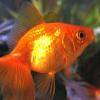 Goldfish
Goldfish 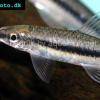 Penguin
Penguin 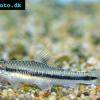 Siamese
Siamese 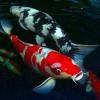 Koi
Koi 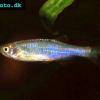 Pearl
Pearl 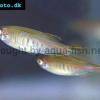 Glowlight
Glowlight 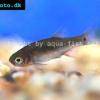 Crossbanded
Crossbanded 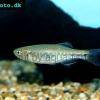 Yoma
Yoma 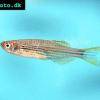 Orange
Orange 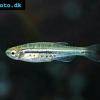 Dwarf
Dwarf 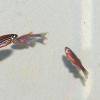 Zebra
Zebra 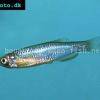 Rose
Rose 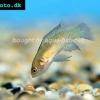 Red
Red 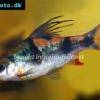 Arulius
Arulius 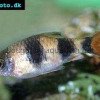 Tambraparni
Tambraparni 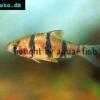 Fiveband
Fiveband 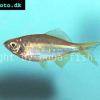 Bengal
Bengal 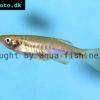 Tiger
Tiger 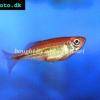 Malabar
Malabar 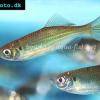 Queen
Queen 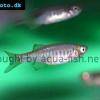 Hora
Hora 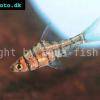 False
False 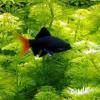 Redtail
Redtail 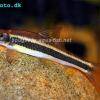 Flying
Flying 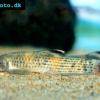 Garra
Garra 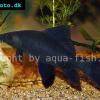 Black
Black 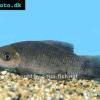 Purple
Purple 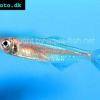 Burmese
Burmese 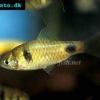 Dwarf
Dwarf 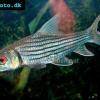 Isok
Isok 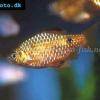 Rosy
Rosy 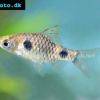 Two
Two 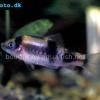 Melon
Melon 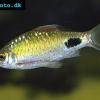 Black-spot
Black-spot 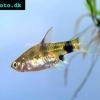 Golden
Golden 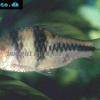 T-Barb
T-Barb 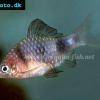 Ruby
Ruby 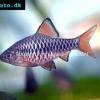 Checkered
Checkered  Rhomb
Rhomb 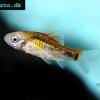 Gold
Gold 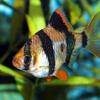 Tiger
Tiger 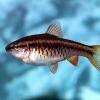 Cherry
Cherry 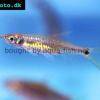 Brittan’s
Brittan’s 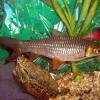 Greater
Greater 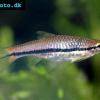 Long-band
Long-band 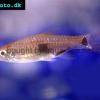 Twospot
Twospot 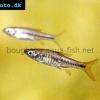 Reticulate
Reticulate 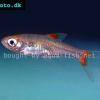 Cherry
Cherry 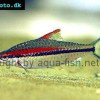 Denison
Denison 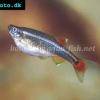 White
White 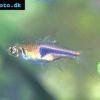 Lambchop
Lambchop 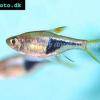 Harlequin
Harlequin